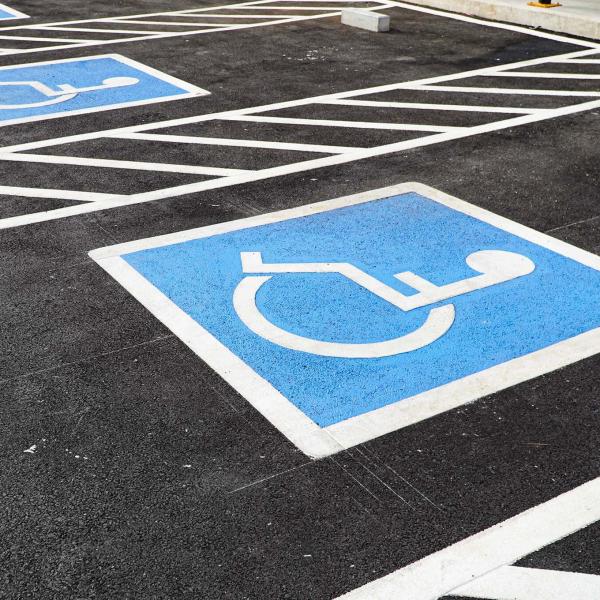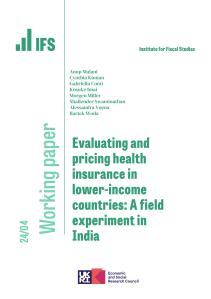Abstract
BACKGROUND:
Physical activity (PA) is important for maintaining health, but there are fundamental unanswered questions on how best it should be measured.
METHODS:
We measured PA in the Netherlands (n=748), the USA (n=540) and England (n=254), both by a 7 day wrist-worn accelerometer and by self-reports. The self-reports included a global self-report on PA and a report on the frequency of vigorous, moderate and mild activity.
RESULTS:
The self-reported data showed only minor differences across countries and across groups within countries (such as different age groups or working vs non-working respondents). The accelerometer data, however, showed large differences; the Dutch and English appeared to be much more physically active than Americans h (For instance, among respondents aged 50 years or older 38% of Americans are in the lowest activity quintile of the Dutch distribution). In addition, accelerometer data showed a sharp decline of PA with age, while no such pattern was observed in self-reports. The differences between objective measures and self-reports occurred for both types of self-reports.
CONCLUSION:
It is clear that self-reports and objective measures tell vastly different stories, suggesting that across countries people use different response scales when answering questions about how physically active they are.









